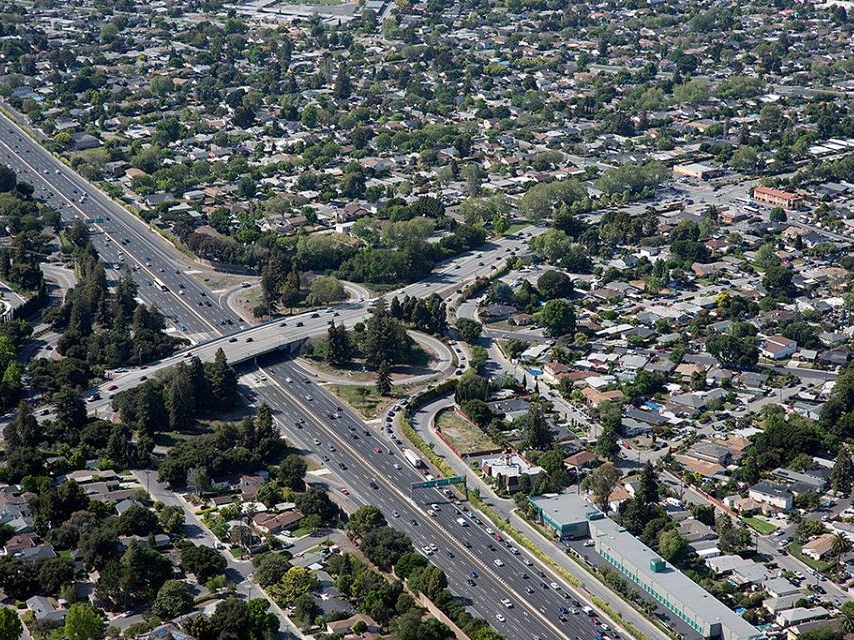Financially-strained by soaring housing costs, six in 10 Californians support requiring all new developments near job and transit centers to be multi-family rather than single-family.
That’s among the findings of a survey released Wednesday by the nonpartisan Public Policy Institute of California.
In the survey, which weighs all sorts of policy issues impacting the state, 54 percent of adults from the Bay Area, and 45 percent statewide said their housing costs cause a financial strain. The cost places a strain far more on the renters surveyed (67 percent) than on the homeowners (36 percent), according to the results.
That strain has apparently shaped the way Californians view housing policy.
Sixty-two percent of Californians favor requiring local governments to change zoning for new development from single to multi-family housing near transit or job centers, the report states. The same share supports requiring local governments to approve new housing before receiving transportation funding, the report states.
The survey found that 72 percent of renters and 50 percent of homeowners favored tying transportation funds to new housing, while 72 percent of renters and 51 percent of homeowners supported changing housing zoning laws.
However, only 47 percent of all Californians surveyed favored changing the California Environmental Quality Act (CEQA) to reduce regulations on housing.
One issue both homeowners and renters solidly agree upon is the need to address homelessness. Two-thirds of likely voters found homelessness to be a big problem in their part of the state, the report said, and 68 percent of voters favor a state budget proposal by Gov. Gavin Newsom to spend $1 billion to address the issue.
The report’s findings are based on a survey of 1,713 California adults, including 1,198 interviewed on cell phones and 515 interviewed on landline telephones. Interviews took place from May 19–28, 2019.
For the full report, go here. For further analysis, read this report in the Los Angeles Times.






